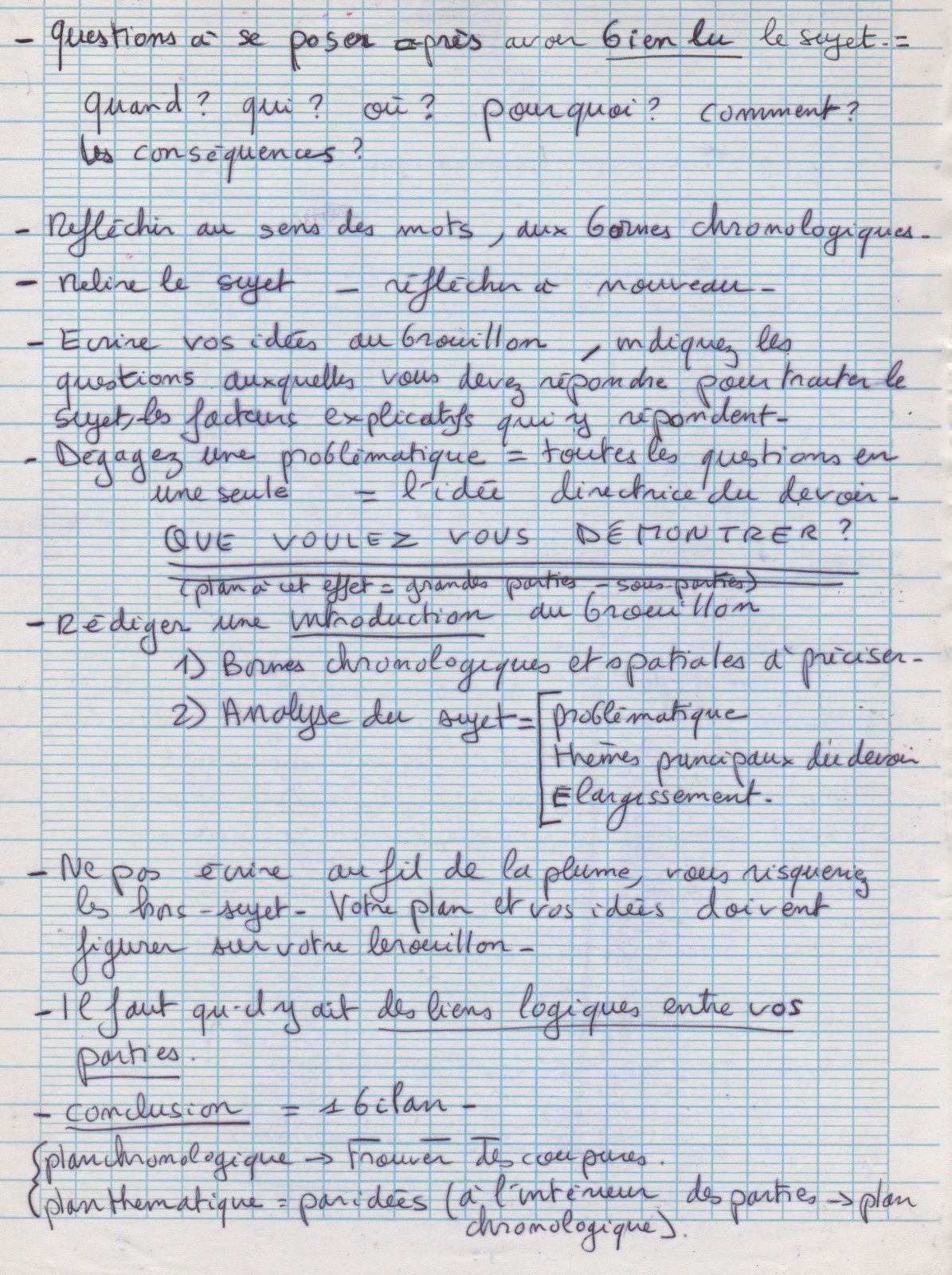Composing for the Orchestra: Putting It All. - The Score.
This week you will be looking at large orchestral scores, drawing on the skills you have already learned. Large orchestral scores might seem rather daunting, but in fact you have already looked at a full orchestral score at the end of Week 1, and you’ll revisit Mahler’s first symphony again this week.
The instruments in a orchestral score are written from the highest sounding to the lowest sounding instruments in each of the four sections or the orchestra, woodwinds, brass, percussion, and strings. The type of instruments and the number of instruments being used in the score depend on the composers preference and the composition being written.

Hi Jon, I’ve been playing music for over 40 years now. I can play most instruments I lay my hand on. I’m a self taught musician throughout my life. I have always played other musician scores in different band I’ve played with. I find it a lot easier to write an instrumental piece, but I have a big problem with lyrics.

We often have six or eight horns on a score and a lot of the writing is in unison. Using three or four staves is a waste, so I use one or two and leave the copyist to split out the parts according to how many notes there are, with the assumption that the section will divide evenly (three players each for two notes, two each for three notes, etc.).

Score, notation, in manuscript or printed form, of a musical work, probably so called from the vertical scoring lines that connect successive related staves. A score may contain the single part for a solo work or the many parts that make up an orchestral or ensemble composition. A full, or orchestral, score shows all the parts of a large work.

Writing an orchestral score.. yet eminently practical orchestral scores that enhance the music in the best possible way, and not least, are grateful and satisfying to play. On the other hand some of the great composers of serious symphonic music, while having been inspired to create masterpieces of music as such in itself, have been.

No matter how good the latest, greatest orchestral sample libraries may now be, you still need to develop your arranging skills if you’re to create convincing string parts in any genre. In this first article in a new series, we explain how to get started.

Building on the techniques presented in Orchestration 1, which primarily covers the individual orchestral instruments and families, Orchestration 2 equips students with advanced strategies and approaches to writing for full orchestra. Each of the weekly lessons addresses a common issue in orchestra music, from making orchestration choices based on the tone color of the various instruments, to.

In a “normal” orchestral setting you will usually have two tenor and one bass trombone at your disposal, so writing three note chords is a breeze. As in the horns, writing chords in the trombone section too high will usually not bring you good results. I suggest you write chordal trombones in the range from C3 to E4.

Noteflight is an online music writing application that lets you create, view, print and hear professional quality music notation right in your web browser.

Proper format for an Orchestral score? Ask Question Asked 3 years, 1 month ago. Active 3 years, 1 month ago. Viewed 812 times 2. I've just recently completed work on my first symphony. I would like to enter a selection from it in a local contest, but I need to be sure that the format is correct first.. It would seem more natural to write.

Each one of composer Michael Giacchino’s movie scores took a lifetime to write.. “A time when it was okay to do a jazz orchestra: Henry Mancini, John Barry, any number of people would do it.

In this tutorial series we are going to learn how to write a main title cue in the style of that great era. We will begin by analyzing two cues that are representative of the style, and then work from a blank sheet of paper to a final orchestral mock-up.



